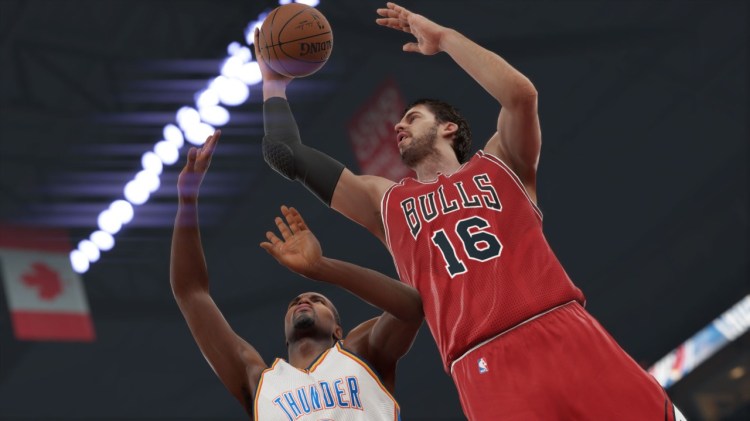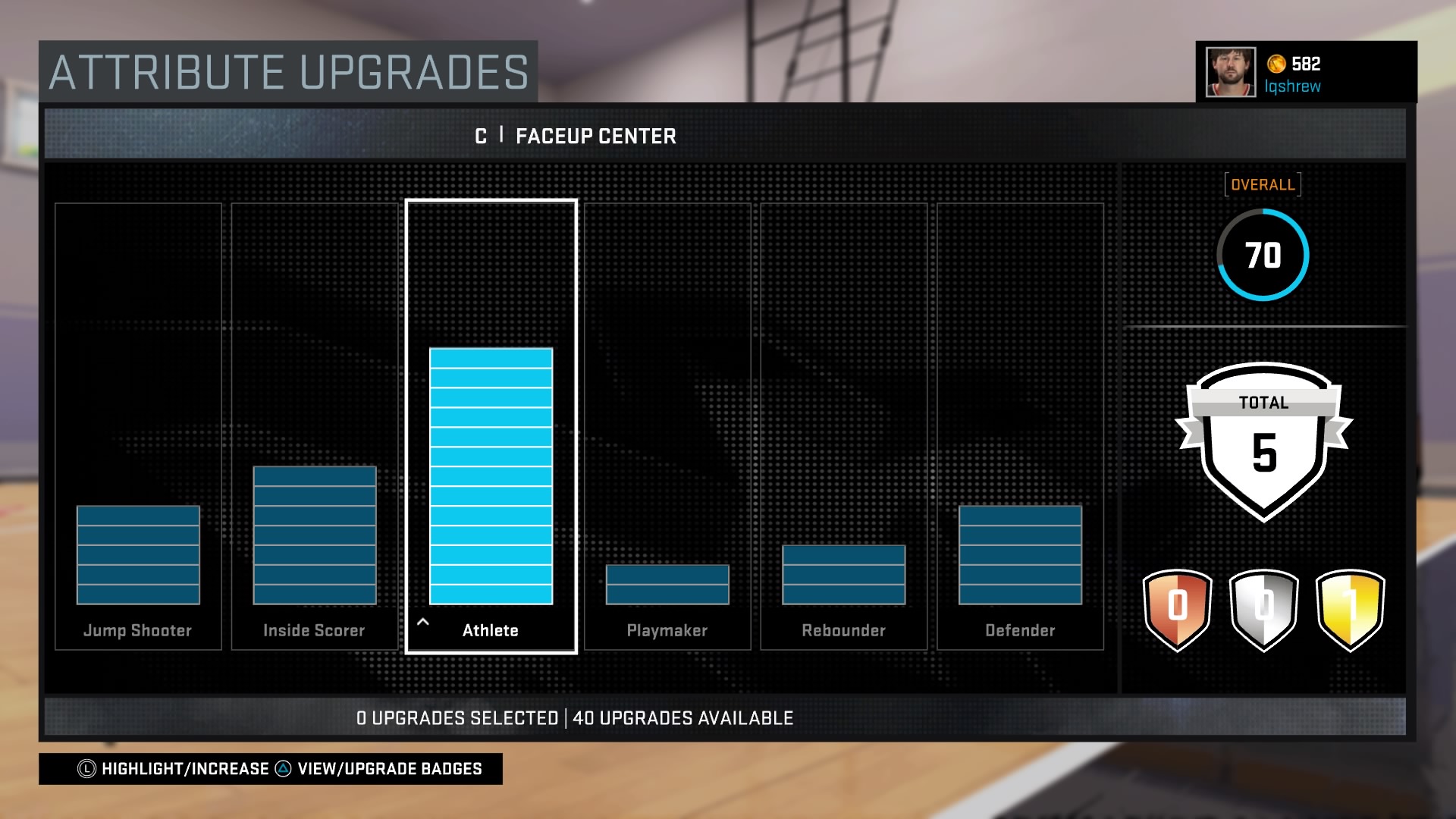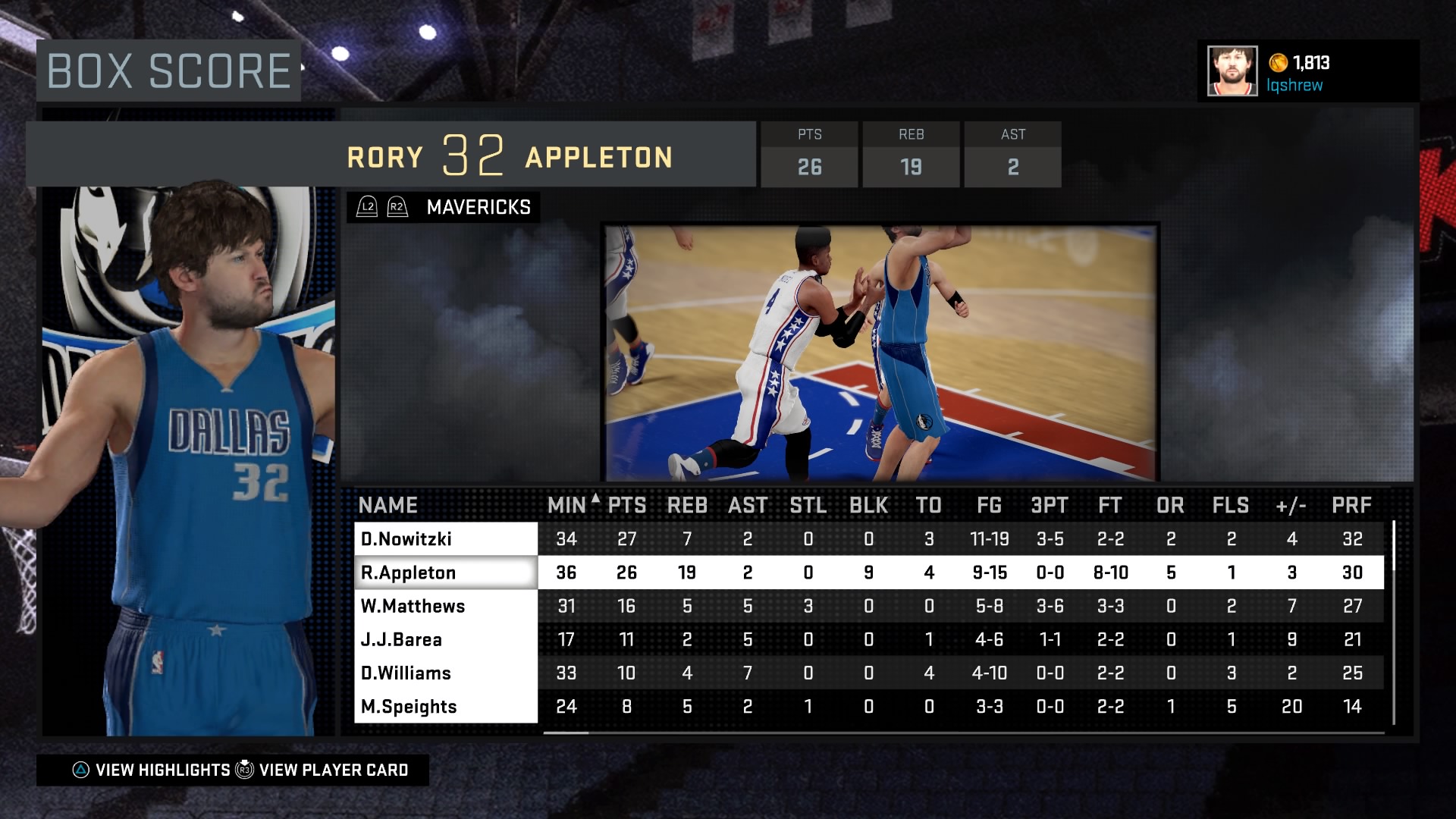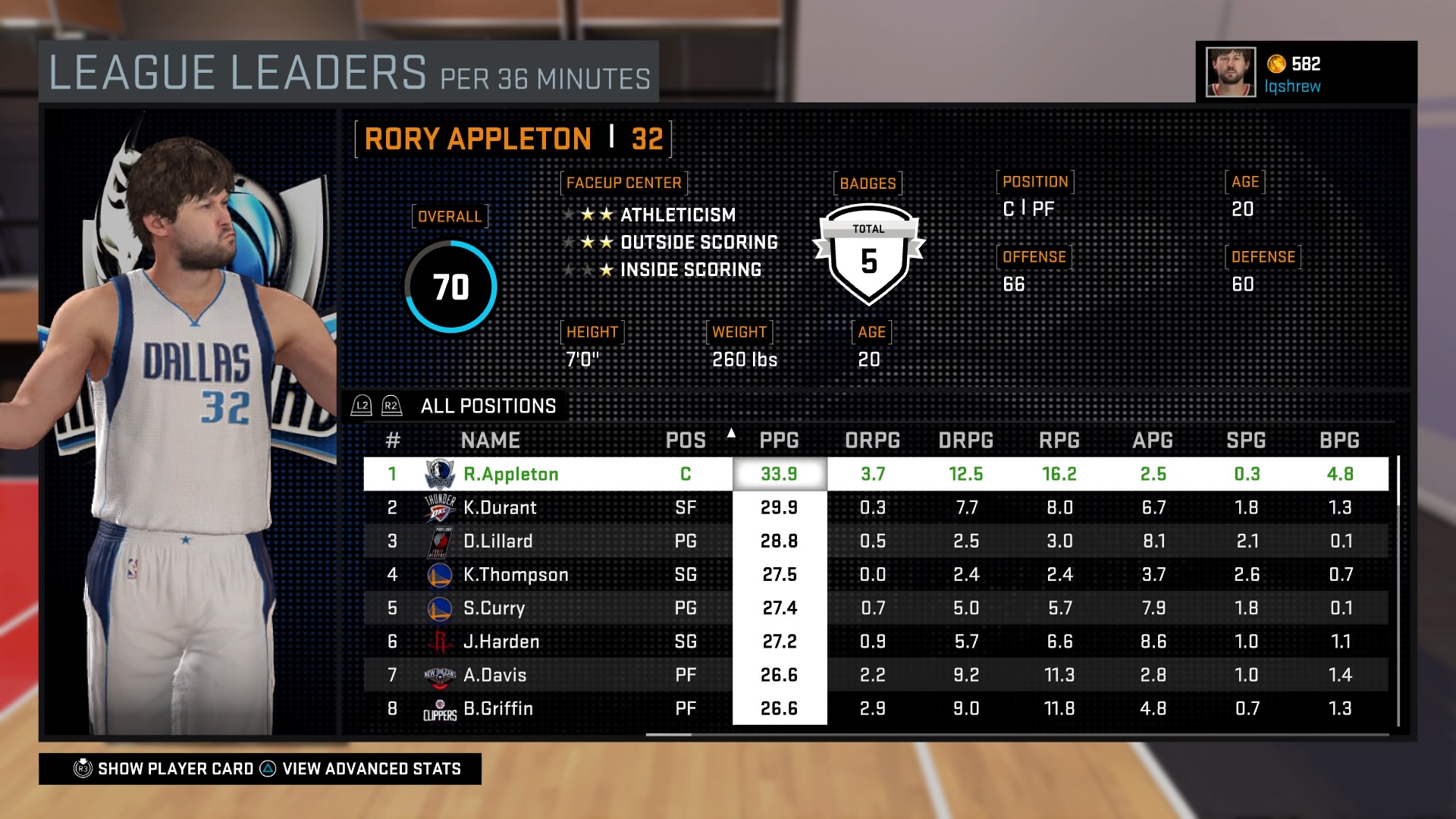Although you spend the first few hours of NBA 2K16’s MyCareer mode living in a stereotypical after-school special, you’ll still need to know your way around the court.
The dominant basketball franchise from 2K Sports and Visual Concepts features a pseudo-story mode to its popular career mode. A scripted and unalterable storyline from film maker Spike Lee takes players through life as a high school and college basketball phenom and forces us to rush through a 10-game rookie season in the name of drama.
You’ll still need to get yourself to the top of the NBA heap, however — especially now that 2K16 is available as a free download for PlayStation Plus members. And that’s where I come in.
This guide will show you how to create a dominant NBA big man (just as GamesBeat did last year with NBA 2K15). I found that playing an athletic center with a well-rounded game is the best course of action due to a major change in the pick-and-roll system that hamstrings guards and wing players.
A pick-and-roll is a common basketball play in which a center or power forward uses his massive body to screen, or block, a smaller defender for a moment, allowing the big guy’s teammate to drive to the basket.
As a ball handler in the old pick-and-roll system, you could slam the sprint button (R2 for PS4 players) right as the big man set the screen to race by your defender. Now, R2 doubles as a command for the big guy to abandon the screen and run to the basket, which ruins your pick-and-roll.
Playing as the behemoth setting the screens gets us around that problem. Let’s do it.
Creation
Creation is pretty straightforward. Make a center with prototypical height and weight — somewhere around 7 feet and 260 pounds. The height will make rebounding and defending a breeze. You could go taller, but it will limit your player’s agility. Your ability to move will be important, so no taller than 7 feet.
Go with the inside scoring focus. You will never — ever — be shooting from outside of 10 feet with this build. You won’t ever need to. Most of your points will come off free dunks.
The storybook years
The Spike Lee storyline is a fun change of pace, but it throws a pretty big wrench into your created character’s career. He will not really be able to grow and thrive until year two, when the tale is over.
However, you can set yourself up on an easier path to success.
As a 7-footer, you will be unstoppable in high school and college. You can easily score every point, grab most rebounds, and rack up a few blocks per game. I suggest joining an NBA team that needs a center.
For instance, I intentionally played badly during one college game to drop my player’s draft stock below the top 10. The Indiana Pacers, a team without a great center, drafted me at No. 11 in the first round and played me quite a bit during my rookie season.
This isn’t mandatory, but it helps. During my first few MyCareer playthroughs, I had a point guard and a shooting guard that each played about 5 minutes to 10 minutes per game. A rookie season where you average 6 points per game will tank your career statistical averages.
After your rookie season, you will select whichever team you want. Pick one that needs a center.
Building your player
The key to this build is leveling up the athletic skill set. It is far cheaper than any of the offensive skill sets, and your size will get you all the rebounds and blocked shots you need. You have no reason to waste virtual currency, the points earned while playing, on those attributes.
Athletics will help you move around the court and stay in the game for longer, and it improves your screening and dunking abilities. Virtually all of your points will come from setting hard screens and sprinting to the basket, so being able to do both well is important.
The second priority is inside scoring. You will eventually need to score from the post, and inside scoring can help you do that. It gets a little pricey in the later rounds, but it is necessary for when good defensive teams stop your pick-and-roll game.
Add a few points into outside scoring and defense along the way. Although I forbid you from shooting jump shots, the outside scoring skillset increases free throw ability. You’ll need that. The defensive attribute buffs will keep you from being destroyed by the opposing center.
Points in rebounding aren’t really necessary. You are big, and timing your jumps properly (see below) will net you plenty of boards.
Do not even look at playmaking. You won’t be dribbling or passing.
Finally, download the NBA 2K16 smartphone app. The daily bonuses and pick-and-win modes take seconds to do and rack up tons of free virtual currency. The card game and other modes are also pretty fun in their own right.
On offense
First of all, make sure your gameplay settings are set to 12 minute quarters and a difficulty you feel comfortable with. I like to set all playcalling to auto and show all diagrams on the court, but that’s optional.
Your main goal is to create as many dunks as possible. You are going to accomplish in two ways: pick-and-rolls and the Reggie Miller technique.
The pick-and-roll system allows you to control the offense. Simply run up to the player guarding the ball handler on your team and hold the set screen button (Circle on PS4). More often not, you will flatten the defender. This allows your ball handler to push to the basket, where the big dude guarding your character will have to stop him. Run towards the basket and tap X to call for the ball, and you will typically have a pretty easy look at the basket.
Make sure you set your screen a few steps away from the defender. If you walk right up to him, the idiot A.I. controlling your teammate will start the pick-and-roll too early. This will often cause your player to steamroll the defender without setting his feet, which is a foul and gives the other team the ball. Give the play space to develop.
If your ball handler wants to run a play and doesn’t take the pick, press Circle again. You will eventually cancel the play, and the ball handler will do his job.
If a defender is in your way after you receive the ball during the roll, you have a few options. I prefer to just hold the sprint button and the shot button (Square on PS4). This will have your player attempt to dunk on the opponent. With enough points in athleticism, this works more often than not. If you don’t pull off the dunk, you will typically get fouled. That’s almost as good.
You can also slightly tap square to pump fake. You may get the defender to jump in the air. If that happens, start your shot while he’s on the way down.
Being Reggie Miller
Your second scoring option is the Reggie Miller technique. I call it that because Miller was an expert at pushing off players to get a shot for himself.
Walk straight into your defender under the basket. The controller will start vibrating, and both characters will be jostling for position. Once you have pushed him to either the left or right side of the basket, slam that sprint button while simultaneously moving the left stick to the opposite side of the basket. Then call for the pass.
You will usually get the ball a step ahead of the defender and within a few feet of the rim. I like to tap the pump fake here, as the defender will almost always try to jump and block your shot. You can get an easy foul or shot attempt if they do.
The points in athleticism will also make you an option in the transition game. Always hold sprint to run down the court after a rebound or opposing turnover. You never know what will happen.
Once you get some points in inside scoring, you can mix things up with some post moves. Hold L2 to back your player into the defender and call for the ball. I prefer a simple hookshot, which is achieved by pressing the right stick either left or right and towards the basket. You can also press square while moving laterally toward the basket.
Vary this with some pump fakes, but try not to do one more than once — the second and third lead to turnovers. Instead, pass the ball back to a teammate and reset.
The final way to score is by offensive rebounds. Remember that you can’t stand inside the painted area for more than three seconds. Watch what your other players are doing. If they are wide open or the shot clock is winding down, run straight to under the basket. You can step out of bounds if you need to.
Rebounding and playing defense
This brings me to rebounding. It is all about timing. If you time things properly (and are 7 feet tall), the attributes don’t matter. This takes practice. Later is better when it comes to rebounding. If you are too early, you have no shot. But if you are a little late, your player may automatically grab one by sheer size alone.
The same is true for blocking shots. A 7-footer can block a 6-footer’s layup attempt without jumping. Blocking shots is also a timing thing. You’ll learn when the opposing players get that look in their eyes and are going to try to score over you.
A final tip for playing defense: Try not to rub bodies with your matchup. Stay far enough away from him to where your bodies won’t touch. That friction will slow you down when you are running to the basket to block a guard’s dunk attempt. He will beat you if you get tangled up.
VentureBeat's mission is to be a digital town square for technical decision-makers to gain knowledge about transformative enterprise technology and transact. Learn More




